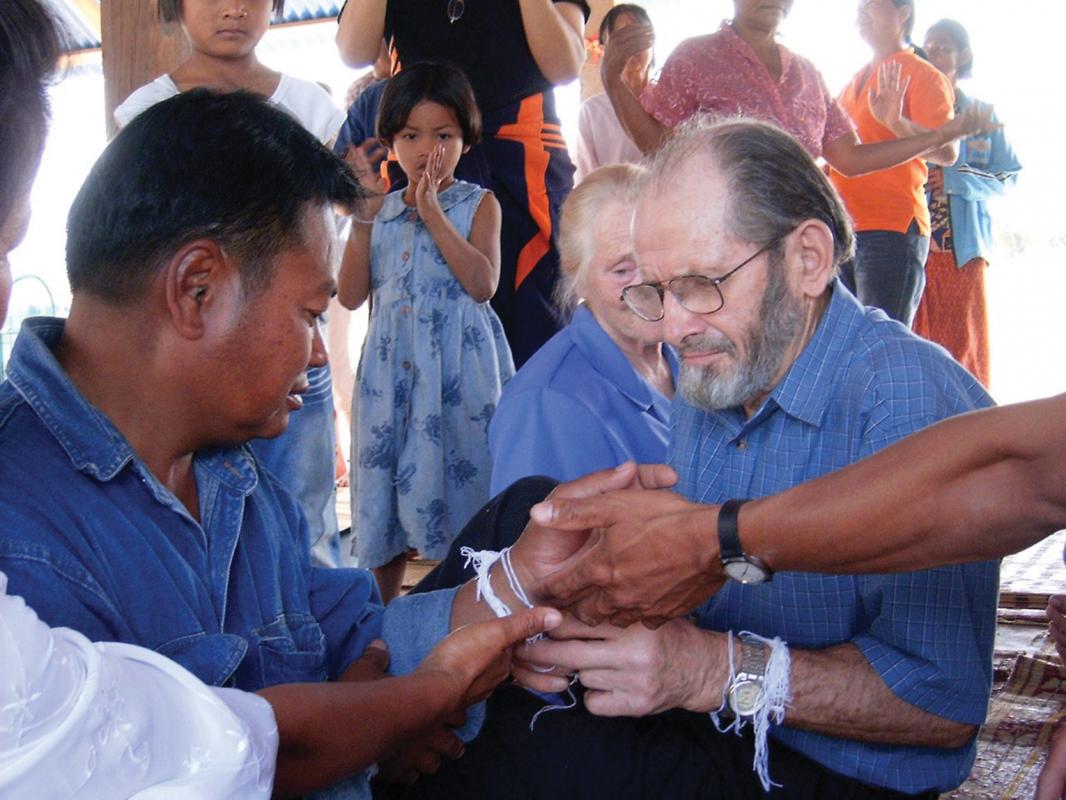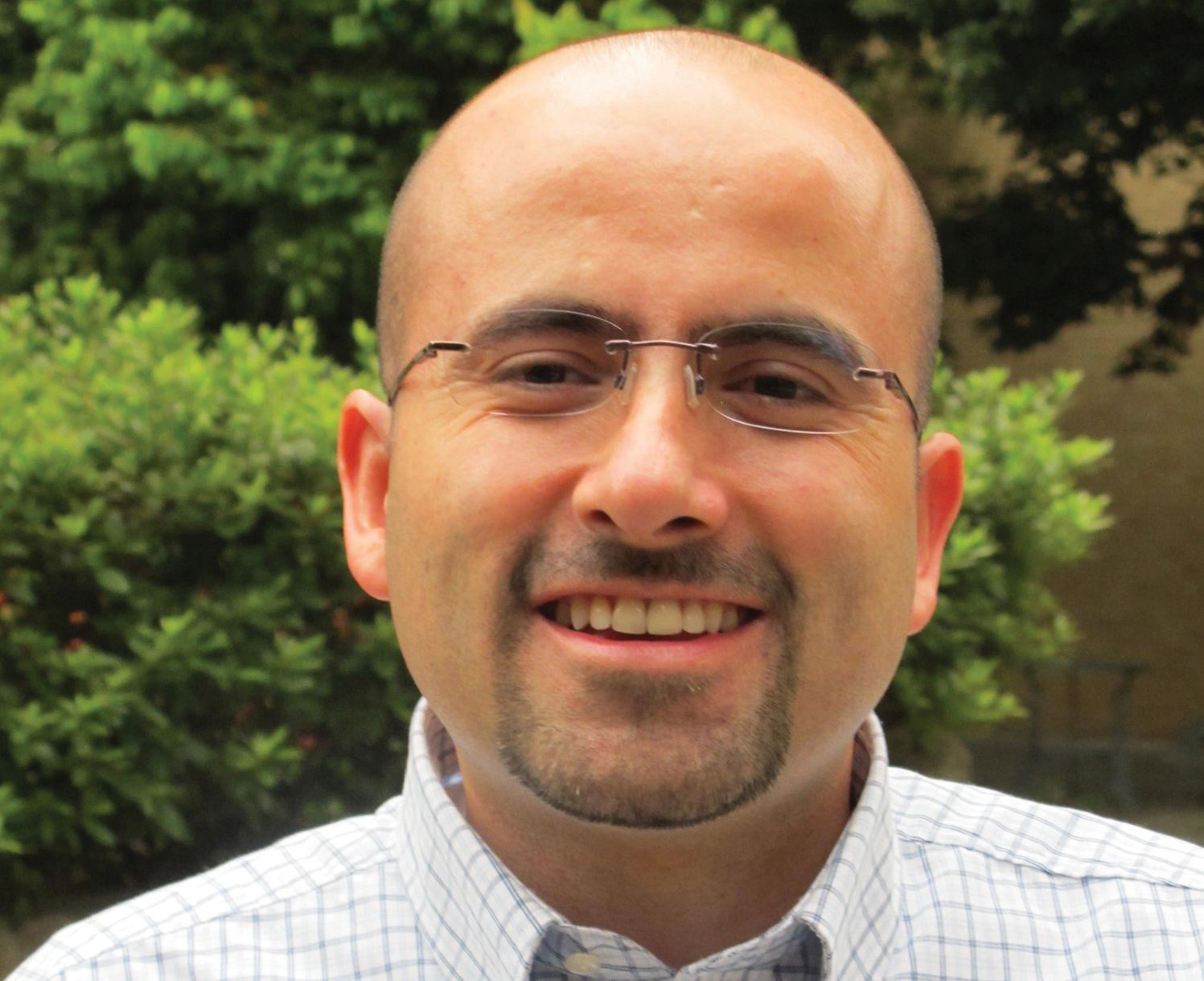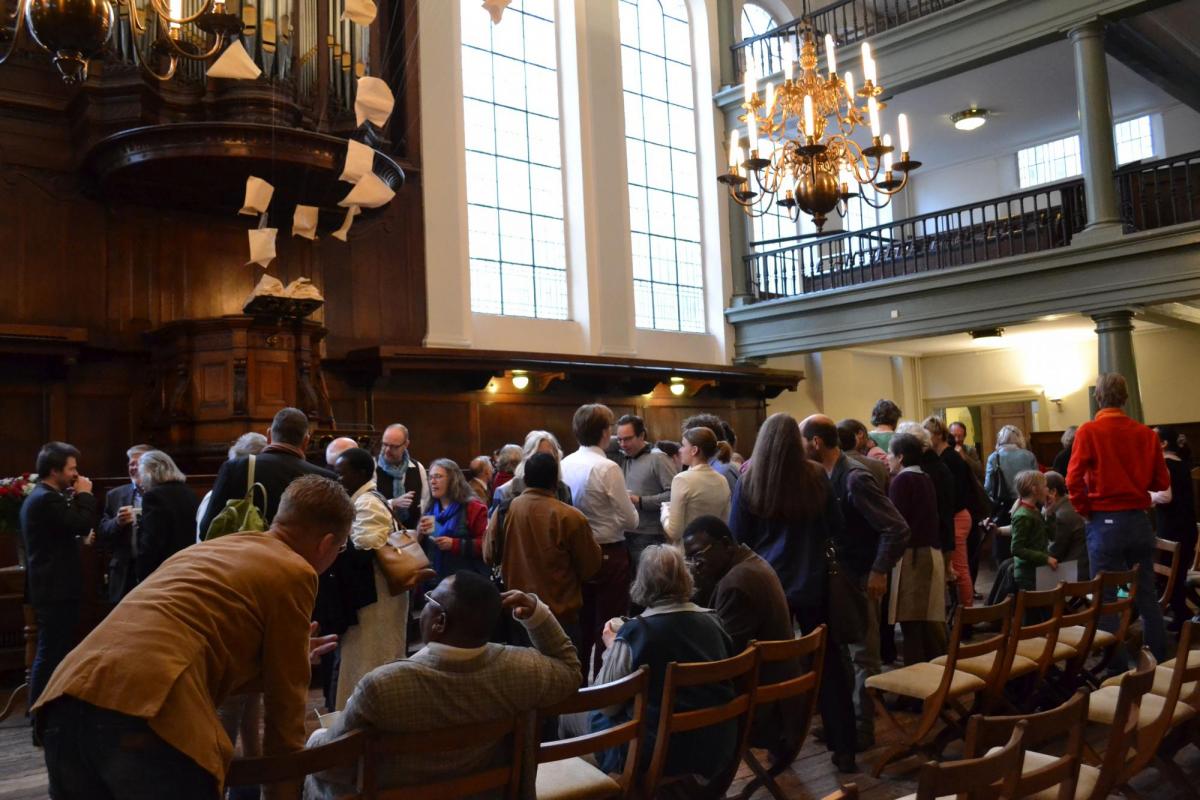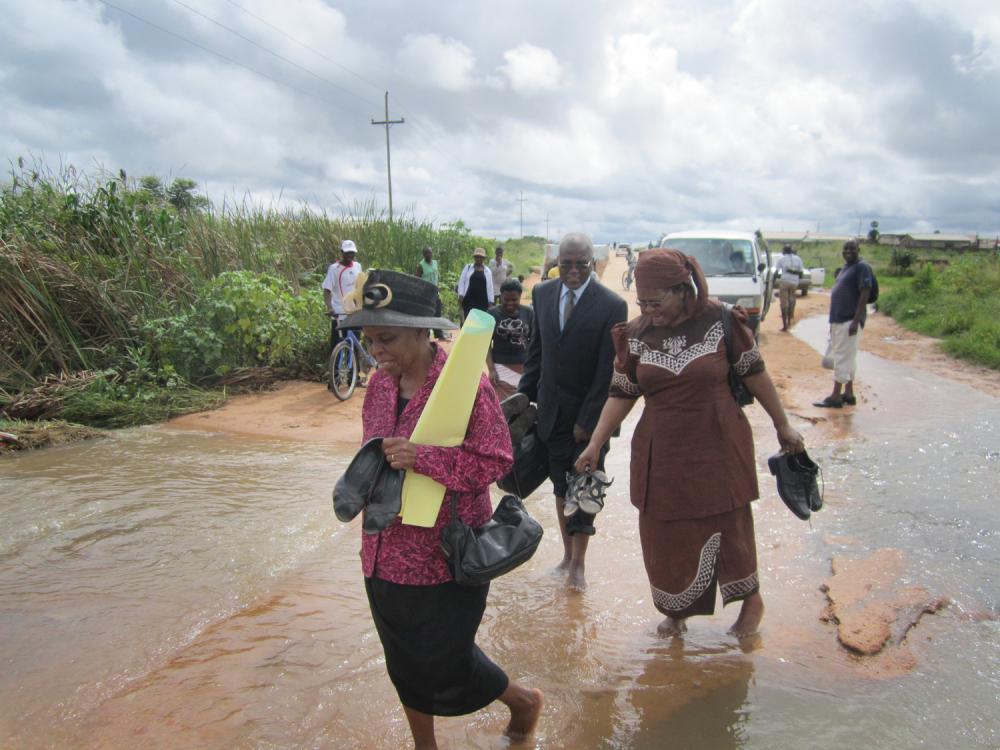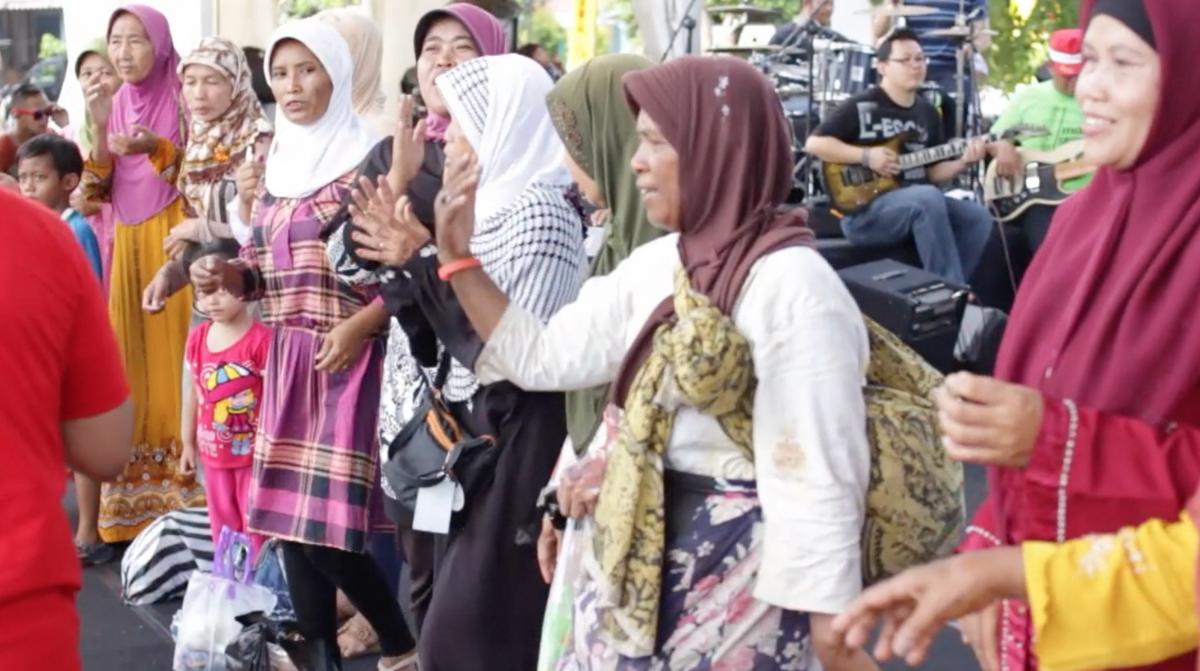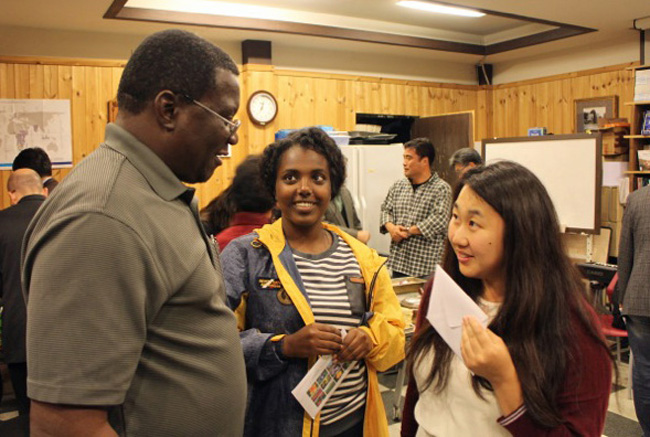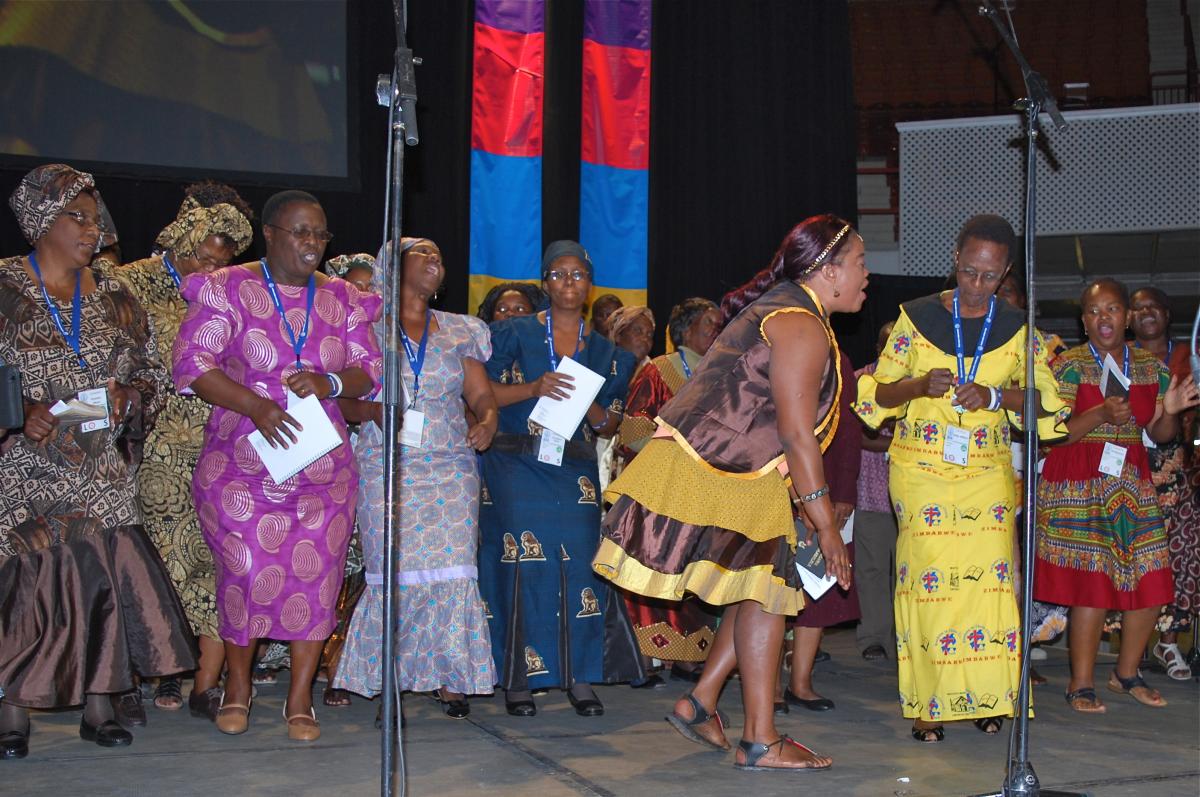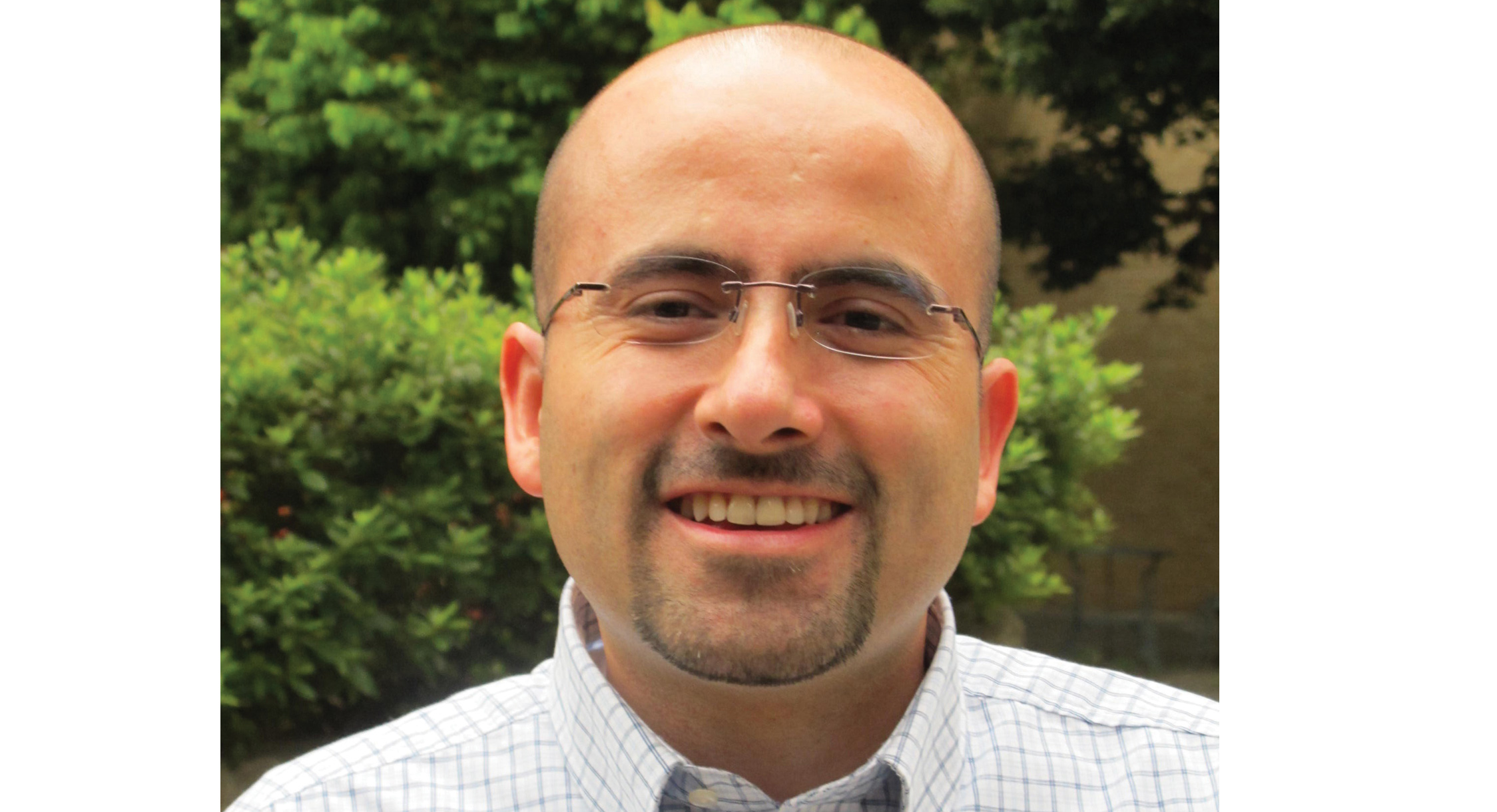-
Life from a graveyard
“Thailand: The graveyard of mission.” This descriptor has echoed in the ears of Thailand-bound missionaries for decades; thankfully, God has a different story. That different story is finally emerging – and Anabaptists have a place in it!
-
A discipling community
“Do not cry,” said to me a member of my church when I lost a relative in a very tragic way. “Read this verse of the Bible,” she continued. However, I could not hear her. I needed somebody able to listen to me, somebody ready to cry with me, and somebody open to walk with…
-
How can we get answers from the Bible for 21st century questions?
How do our member churches express the MWC Shared Convictions in beautiful, local variety throughout our global body? The October 2016 issue of Courier/Correo/Courrier seeks to discern the variety of reasons why Anabaptist communities from around the world come together to form MWC. In the articles that follow, writers reflect on the question: How does Christ’s love for…
-
Courier 2017 / 32.1
Inspiration and Reflection When mental health affects the church Perspectives How should the church think about mental health? Churches and psychiatry: Òit’s complicatedÓ Churches as healing communities Health of a whole person Country Profile Thailand
-
A unique opportunity for greater unity
Global Anabaptist Project collects data on the MWC family worldwide The results of the recent Global Anabaptist Profile (GAP), an extensive three-year survey of 24 member conferences of Mennonite World Conference (MWC), are cause for celebration: the church is growing and the gospel is spreading – and the churches of the Global South are the…
-
Holistic care in Semarang
How do our member churches express the MWC Shared Convictions in beautiful, local variety throughout our global body? The October 2016 issue of Courier/Correo/Courrier seeks to discern the variety of reasons why Anabaptist communities from around the world come together to form MWC. In the articles that follow, writers reflect on the question: How does Christ’s love for…
-
Our mission and Shared Convictions
How do our member churches express the MWC Shared Convictions in beautiful, local variety throughout our global body? The October 2016 issue of Courier/Correo/Courrier seeks to discern the variety of reasons why Anabaptist communities from around the world come together to form MWC. In the articles that follow, writers reflect on the question: How does Christ’s love for…
-
Songs of the Trinity and shalom
How do our member churches express the MWC Shared Convictions in beautiful, local variety throughout our global body? The October 2016 issue of Courier/Correo/Courrier seeks to discern the variety of reasons why Anabaptist communities from around the world come together to form MWC. In the articles that follow, writers reflect on the question: How does Christ’s love for…
-
Courier 2016 October
Inspiration and Reflection: Global Anabaptist Project: A unique opportunity for greater unity Perspectives: Our member churches express the MWC Shared Convictions in beautiful, local variety through our global body Mexico: Our mission and Shared Convictions (#7) Switzerland: How can we get answers from the Bible on 21st century questions? (#4) Indonesia: Holistic care in Semarang…
-
The miracle of unity
How can unity between different nations or communities be achieved? Many methods have been sought since the Tower of Babel times. In that Bible story, the people attempt to achieve unity by having a common vision and a call to work toward the same goal; and as we well know, the endeavour fails. Having a…
